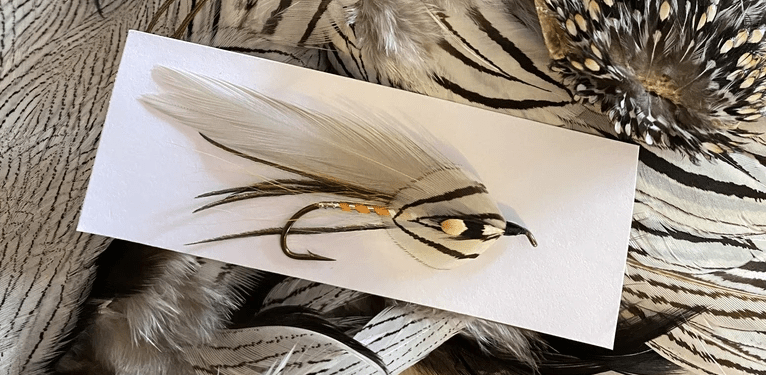
A Classic Streamer for a New Generation
By: Erica Hickey, with Megan Hess
Photographs and Fly Tying Instructions: Megan Hess

Megan Hess taking a break on the water with her Fishe Dry Bag
Registered Maine Guide, commercial fly tyer, and Fishe enthusiast Megan Hess talks with Fishe about fishing and tying Carrie Stevens’ Gray Ghost pattern (fly recipe and instructions with pics included!).
For fly tying addicts, Carrie Stevens (1882 – 1970) is a household name. Fishing and tying in the Rangeley Lakes region of Maine, she is well known for creating masterful featherwing streamer patterns for salmon and brook trout that were widely sought after in her time and are coveted by fly collectors today. For an average fly tyer such as myself, sitting down to attempt one of her fabled flies is daunting at best. I thought that famous Carrie Stevens patterns such as the Gray Ghost had been relegated to the status of “art” – something that you put behind a glass frame and hang on your wall but never actually use. Fortunately I had the chance to chat about this pattern with my long-time fishing buddy Megan Hess, and I found that I was dead wrong.
Megan is 26 years old and originally from Berlin, Wisconsin. She now lives in Hudson Maine and is an Aquatic Biologist and Toxicologist who studies contaminants in aquatic insects. She is also a Registered Maine Guide and commercial fly tyer, and she represents a new generation of anglers, guides, and fly tyers who are keeping the tradition of tying and fishing Carrie’s classic patterns alive. Megan was kind enough to take the time to share a bit about her fishing life in Maine, set me straight on how to tie the Gray Ghost (both for functional and “artistic” purposes), and let me know that the Gray Ghost is every bit as deadly as it was when Carrie was plying the waters of the Rangeley Lakes, oh so long ago.
FISHE: Megan, tell me a little about the fisheries where you guide. As someone who’s not from Maine, what should I know?
MEGAN: I guide in the North Maine Woods, which is a large portion of land -- basically all of Northern Maine -- that is owned by logging companies and families. A unique thing here in Maine is fishing the rainbow smelt runs, which are small, native baitfish. Rainbow Smelt (Osmerus mordax) are an anadromous fish, so they move from lentic environments (pelagic coastal areas or a lake) into lotic habitats (streams and rivers) to spawn. In late fall they congregate in estuaries (or lakes), and as spring thaw occurs they move upstream and gather in large schools off the mouths of their spawning streams. They move into runs and riffles to lay their eggs in early spring – prime locations to swing a streamer! There is a lot of buzz around Maine during the spring, related to trolling with smelt patterns or fishing streamers that resemble smelt, but realistically these patterns can work all year ‘round.
FISHE: So, the other day I was asking you about flies that were effective in your area, and especially classic Maine patterns, and you mentioned the Gray Ghost. You mentioned it with A LOT of enthusiasm. Can you tell me a bit more about this pattern?
MEGAN: The story of how the Gray Ghost came to be is actually very neat. The story goes: Carrie Stevens took a break from chores and grabbed her husband’s vise, who was a Maine Guide, and started tying material on. To my knowledge, she didn't really have any tying skills (but she clearly knew what she was doing!) besides watching her husband tie, and she was tying “non-traditionally” for that time - meaning it wasn't common to tie on material parallel to the hook (i.e. streamer style). She went to the Upper Dam Pool behind her house to try out her creation (the Gray Ghost) and she caught a 5lb brook trout.
FISHE: Why do you think the Gray Ghost is so effective?
MEGAN: The smelt runs! Something in me wants to believe that Carrie was super-observant and went out behind her house, observed the rainbow smelt running and tied on colors and an outline of a baitfish that matched. The peacock hurl and wrapped tinsel on the hook can resemble a lateral line of a baitfish and the gray-olive-ish featherwing can resemble the color of a smelt. I also believe that the orange and yellow within the fly can resemble a sun shimmer from a smelt’s body – after all, they are called rainbow smelt for a reason.
FISHE: Has the Gray Ghost been more effective for you for salmon or for brook trout?
MEGAN: I guess it depends on the fishery, because it works great for both species.
FISHE: What has your experience been with it? How do you usually fish it?
MEGAN: I actually only fish it in moving water, by casting at 45 degrees across and downstream, letting it swing and dangle at the end of the swing, and then strip it back to my feet. Usually at the end of the swing right before the dangle is when they hit! Additionally, I have had salmon follow it all the way to my feet, so don't stop short!
FISHE: How did you learn to tie this pattern?
MEGAN: I learned to tie the traditional Gray Ghost, with all of its dressings, from a Mainer named Edward Muzeroll - a professional traditional fly tyer. He does amazing work, and I was able to spend a day with him learning how to tie traditional Maine featherwing patterns.
FISHE: Do you usually try to replicate Carrie’s tying techniques exactly, or do you use a different method for tying the fly?
MEGAN: I don't take all the time to replicate Carrie’s techniques, first because some of the materials are hard to get, and second, because it is much more time consuming and delicate. For me to tie one flawless, traditional Gray Ghost would probably take me about two or more hours. I have streamlined the process by learning how other Mainers tie them, and by using different materials that are easier to work with and more durable. If I take the time to tie this [the traditional Gray Ghost], I will use original materials and frame it for a gift, but not fish it. I tie the same general pattern for guiding and fishing - except a few things are different.
FISHE: As you mentioned, tying Carrie’s flies can be time consuming. What are your tips for tyers who want to tie this effectively but also efficiently?
MEGAN: A good tip for this fly is make sure you are cautious with your wraps - because there is so much different material, your thread wraps at the head can build up quickly and soon you will have quite the head!
FISHE: What are the substitute materials that you’d use, for folks who are trying to keep cost down?
MEGAN: Instead of using golden pheasant crest for the midline and throat, I use yellow schlappen for the throat and rusty orange bucktail for the midline (or underwing). It can be difficult to have the golden pheasant crest lay correctly, and I just think it's less durable while fishing.
FISHE: Are there any special techniques required to tie this fly that you’d like to highlight?
MEGAN: When I started tying featherwing streamers (a streamer that uses a feather as the “wing” of the fly, or the top part of the body of the baitfish pattern), in general I had a very difficult time because the feather would roll or tilt to one side. The important part about a featherwing streamer is having the feather tied in directly on top of the hook shank so it sits perfectly straight and upright. Then the fly will track in the water, meaning it will stay upright and “swim,” not barrel roll, in the moving water, which is an unnatural movement for baitfish.
Adding cheeks to the fly (the silver pheasant feathers) can also help compress the featherwings together and straight.
Additionally, I actually like marabou instead of a feather wing for fishing, because I think it has much more movement, and it’s more “fishy” and easier/quicker to tie!
FISHE: Are there any resources you’d recommend, for people who’d like to know more about tying classic featherwing streamer patterns? So far I’ve come across two books: “Carrie G Stevens Maker of Rangeley Favorite Trout and Salmon Flies” by Graydon R. and Leslie K. Hilyard (2000) and “Tying Heritage Featherwing Streamers” by Sharon E. Wright (2015).
MEGAN: Honestly, I think Youtube is a great choice to learn how to tie any fly fishing pattern, or a local class at your fly shop, because then you get the secret tricks - tricks that I have learned from sitting down with others and actually tying.
FISHE: Megan has generously shared with us step-by-step instructions for tying her version of the Gray Ghost. See below for recipe, tying instructions, and photos. Thanks Megan!
If you'd like to see more of Megan's flies and Maine adventures, follow @beadhead_flyfishing on Instagram or visit the BeadHead Fly Fishing LLC Facebook page.
Tying Carrie Steven’s Gray Ghost – Traditional and Functional Variations,
with Megan Hess
Recipe:
Hook: Streamer styel (Sproat or Daiichi 2220) - Size 6
Shank Thread: Pumpkin UTC Uni-Stretch Floss
Dressing thread: Black UTC Uni-Thread 8/0
Tag and Rib: Size 14 Mylar Tinsel
Belly: White bucktail
Throat: Yellow schlappen (instead of golden pheasant crest)
Lateral line: Peacock hurl
Underwing: Rusty orange bucktail (instead of golden pheasant crest)
Back/Wing: Nature’s Spirit Heron Gray Marabou (instead of a gray ghost feather)
Cheeks (optional): Silver pheasant feathers
Eyes (optional): Jungle cock feathers
Wapsi Fly Tyers Z-Ment
Loon Outdoors UV Clear Fly Finish (Flow or Thin)
1. Tie in the silver tinsel (gold side facing out) behind the eye of the hook with UTC Pumpkin UNI-Stretch floss. Wrap the floss over the tinsel back to just before the hook bend, then wrap the floss evenly back up to behind the hook eye.


2. Drop a dot of Wapsi Z-Ment at the top of the hook bend and wrap a few wraps of the tinsel on the hook bend to create a tag before evenly spacing wraps of tinsel up the hook shank to the hook eye. Tie off the tinsel behind the eye and tie off the floss.


4. Strip off roughly an inch of yellow schlappen from its stem, and tie in the throat. (Traditionally, you would use a golden pheasant crest for the throat).

5. Tie in 5-6 strands of peacock hurl on top of the hook so the points extend a little beyond the hook bend. (Traditionally, you would tie in the peacock hurl under the hook, before the white bucktail, but I chose to put it on top because I think it better resembles a lateral line).


Traditionally this pattern is tied with four feathers for wings. I find that hard to manage, and depending on if you tie it on the smaller side like I do, two feathers work just fine.


Alternative: Use marabou instead of a feather for the wing of the streamer. It is 1) much easier to tie in and 2) creates more movement in the water. I am partial to the Heron Gray colored marabou from Nature’s Spirit.


8. Take your time picking out two matching silver pheasant feathers for cheeks. Measure the length you need them by holding the feather up to the fly, and trip off fibers until you have reached your desired cheek size. If you have a rotary vise, I find it helpful to turn my fly flat and tie on one cheek by laying it flat. Before really tightening the first cheek down, slightly pull the stem of the cheek forward. This will give a slight curve to the cheek and help compress the feather wing or marabou.


Repeat on the other side of the fly for the second cheek. The two cheeks should push toward each other to compress the fly straight and streamlined.




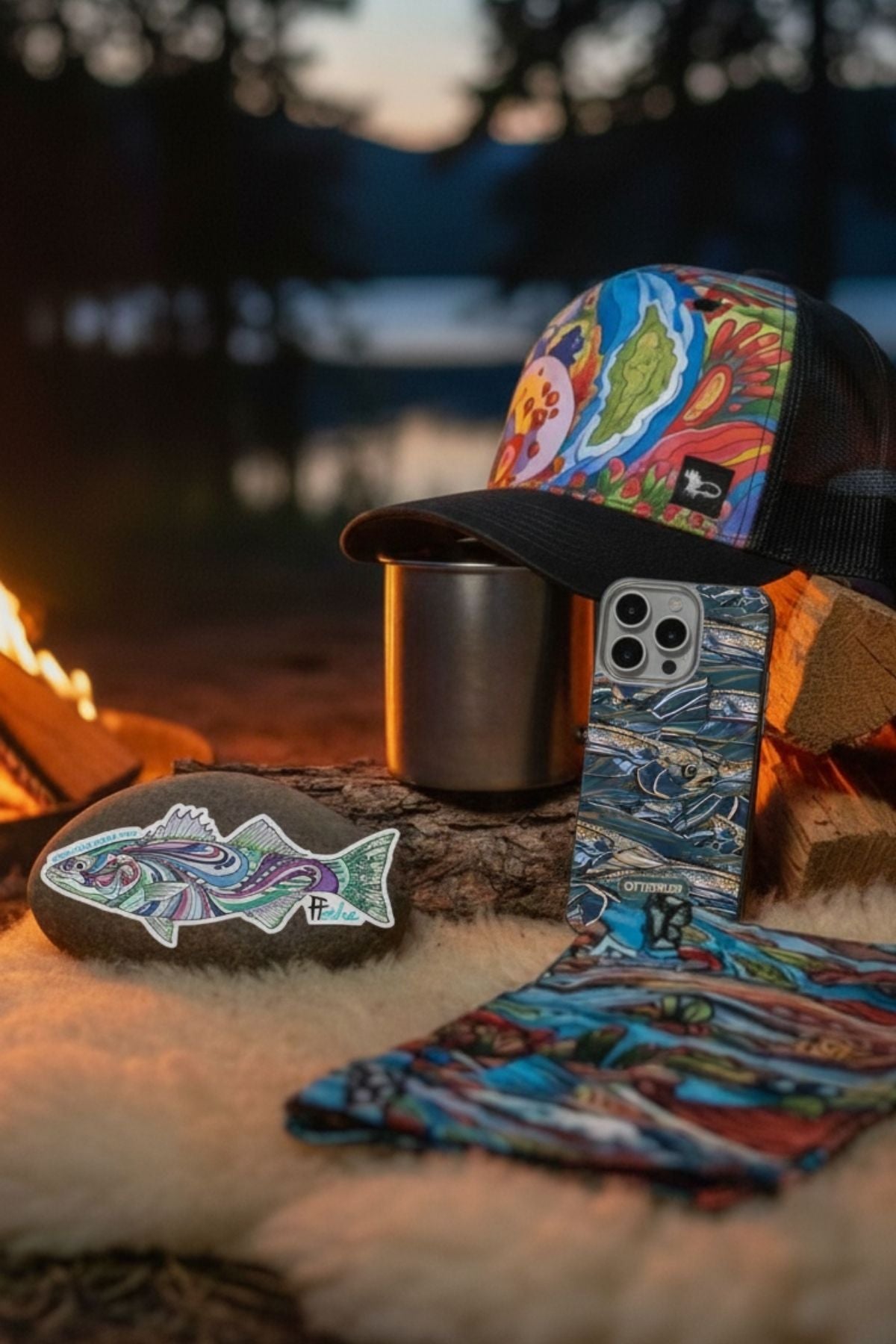
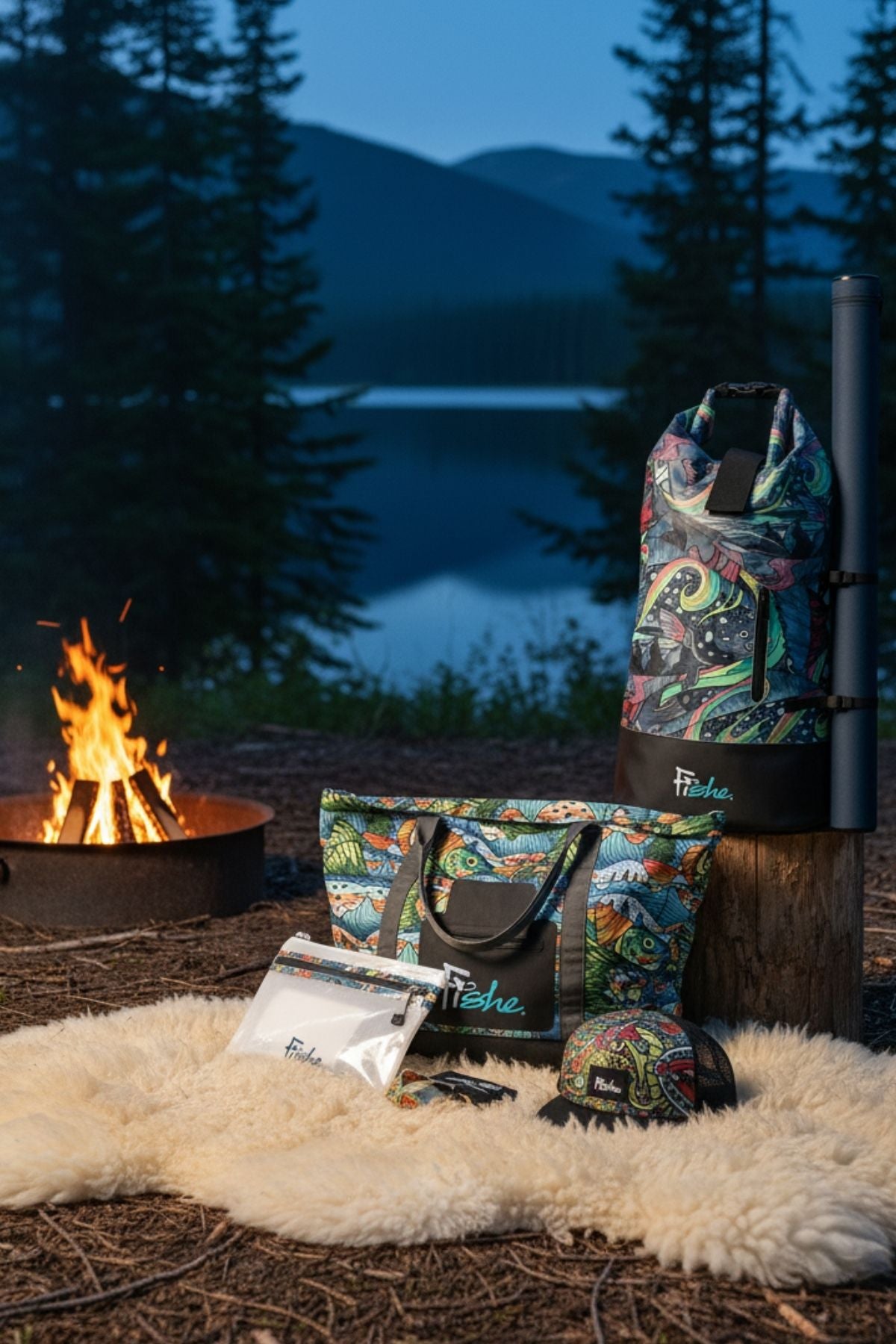
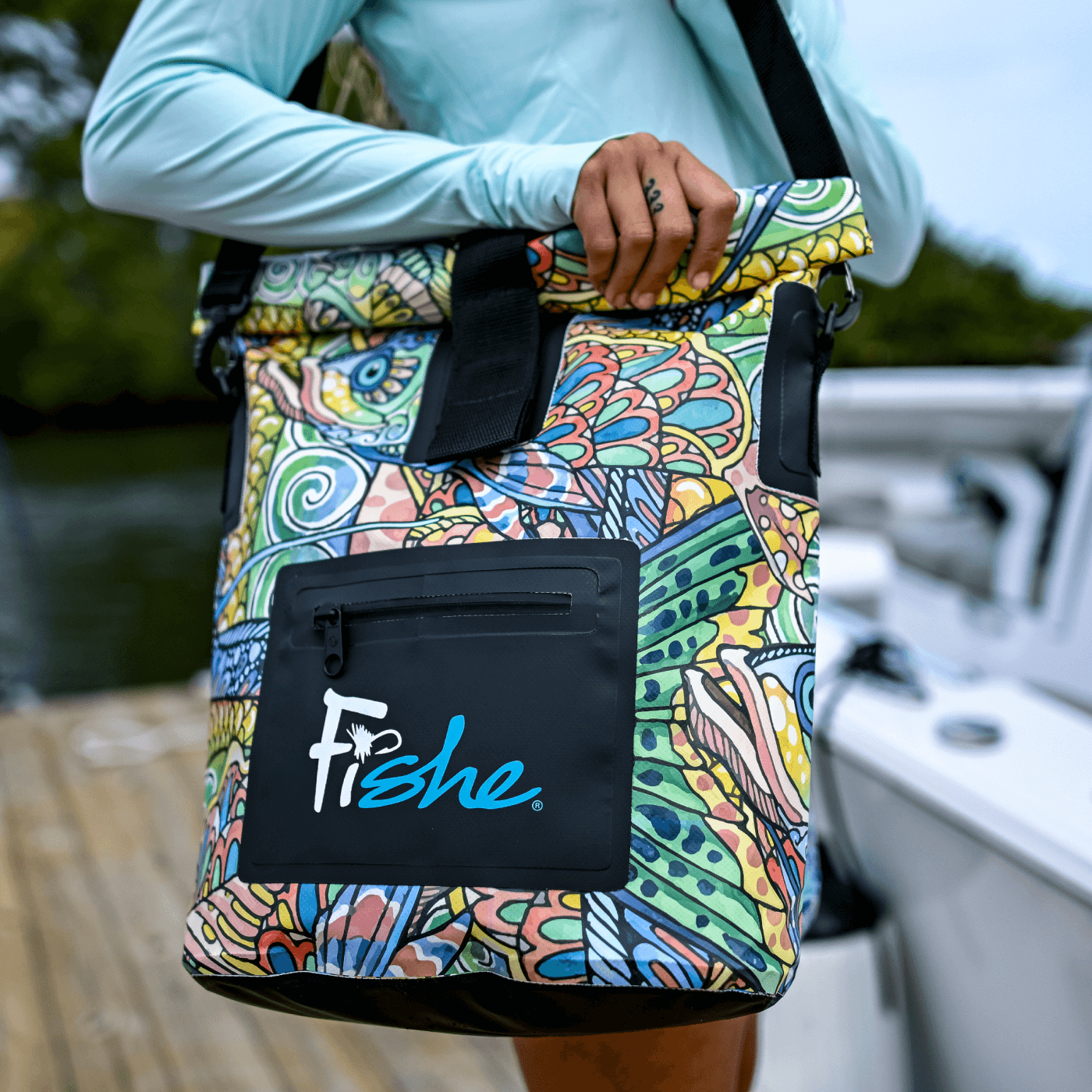
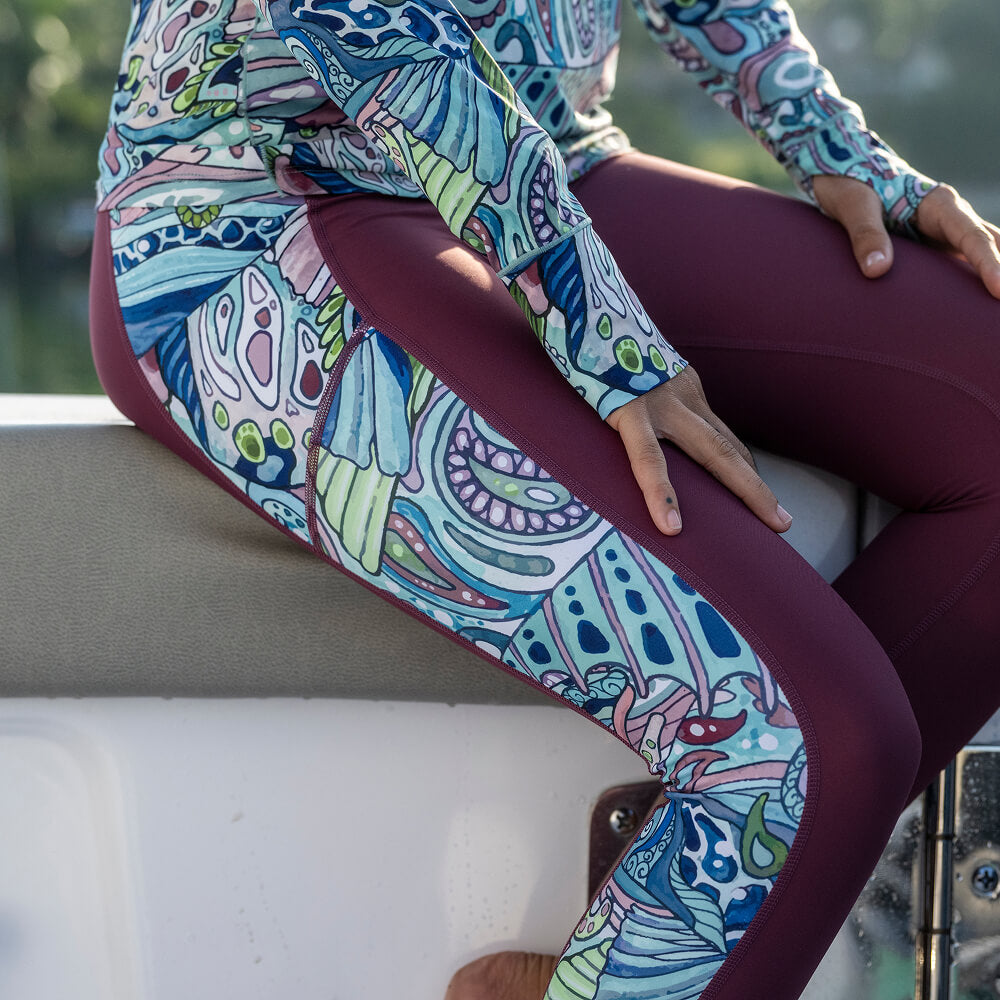

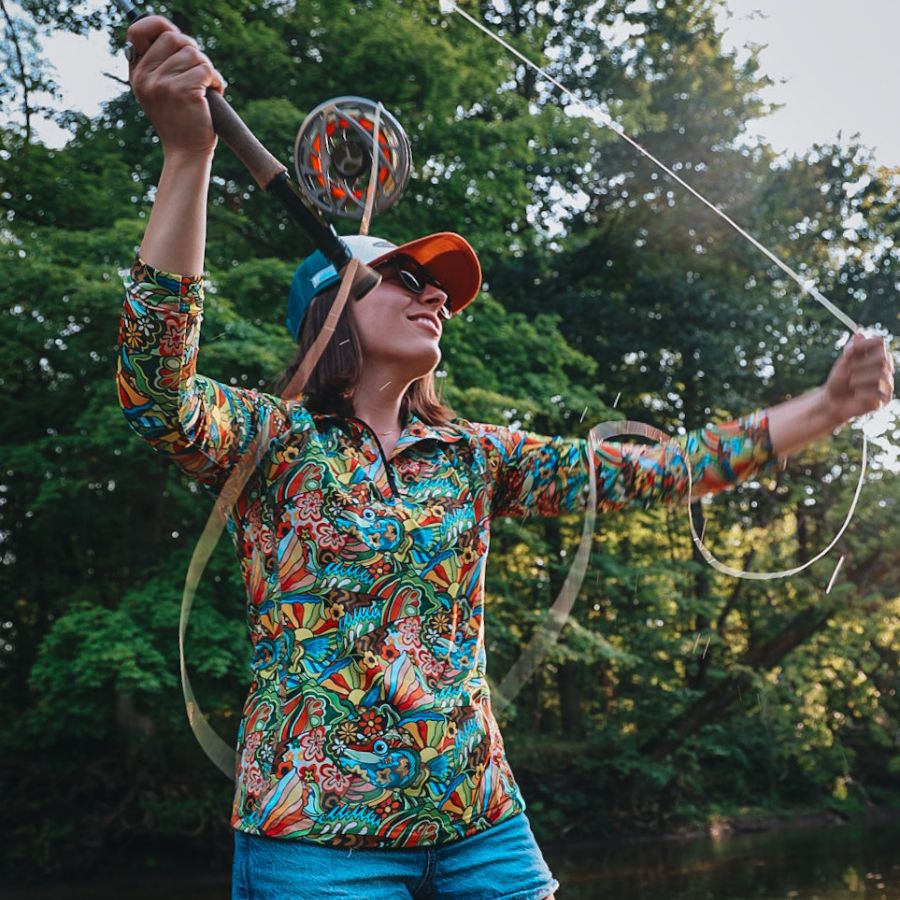
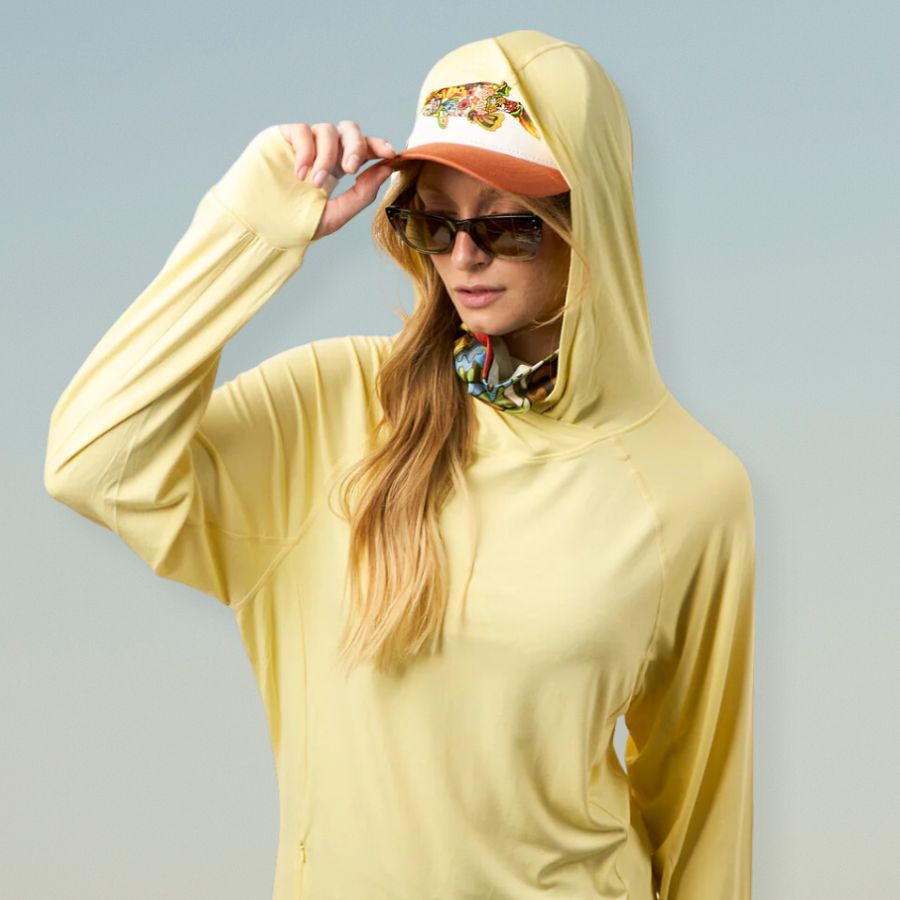
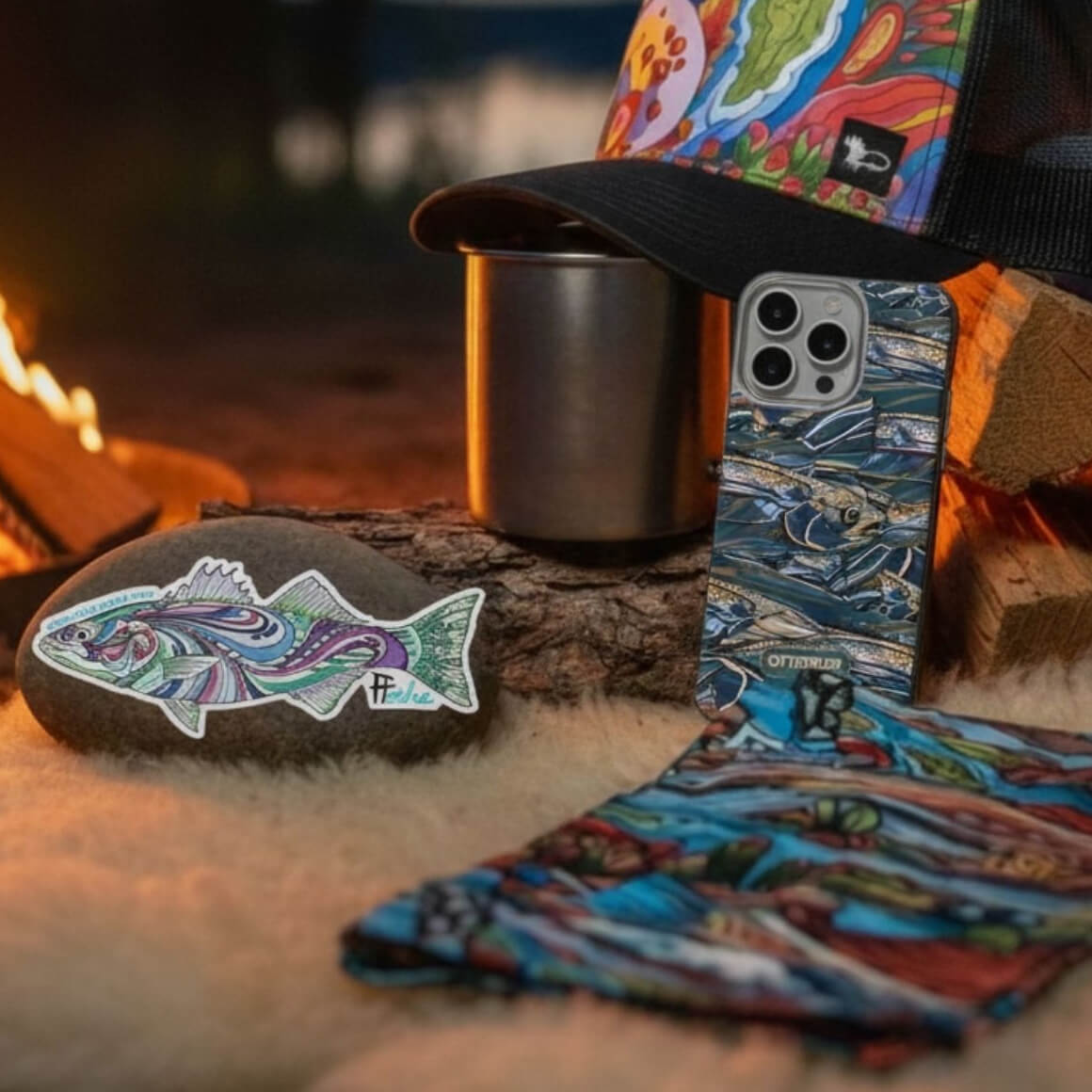

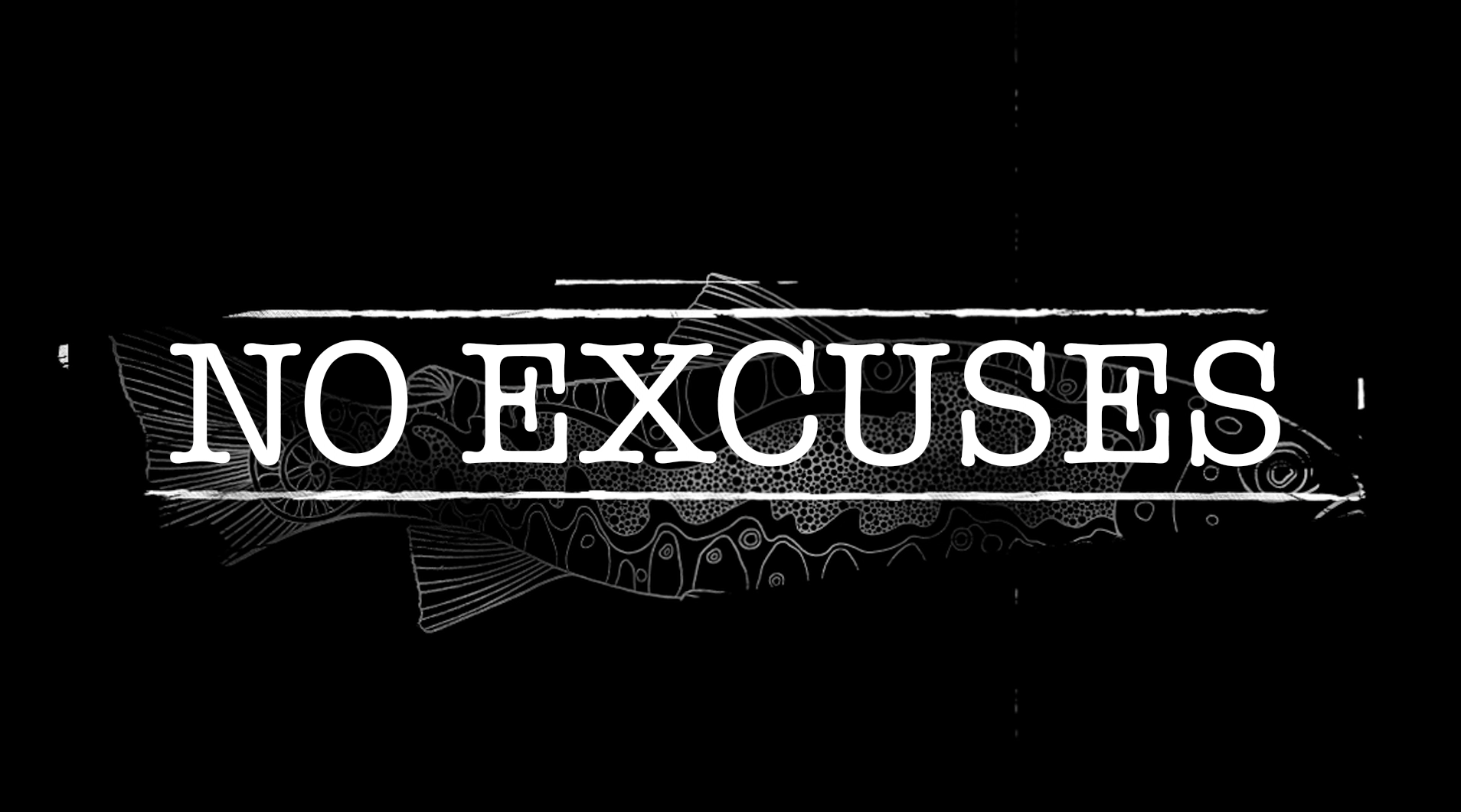
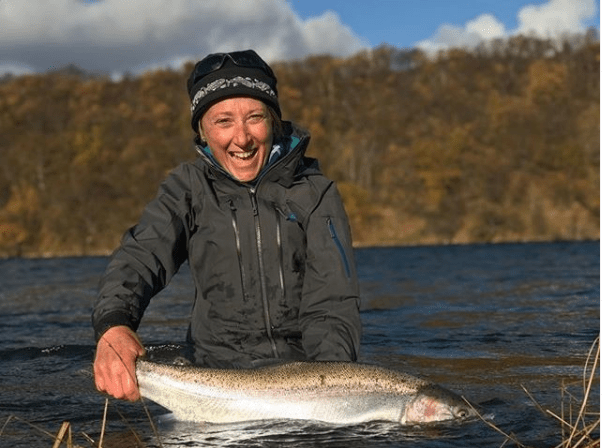


Leave a comment
This site is protected by hCaptcha and the hCaptcha Privacy Policy and Terms of Service apply.